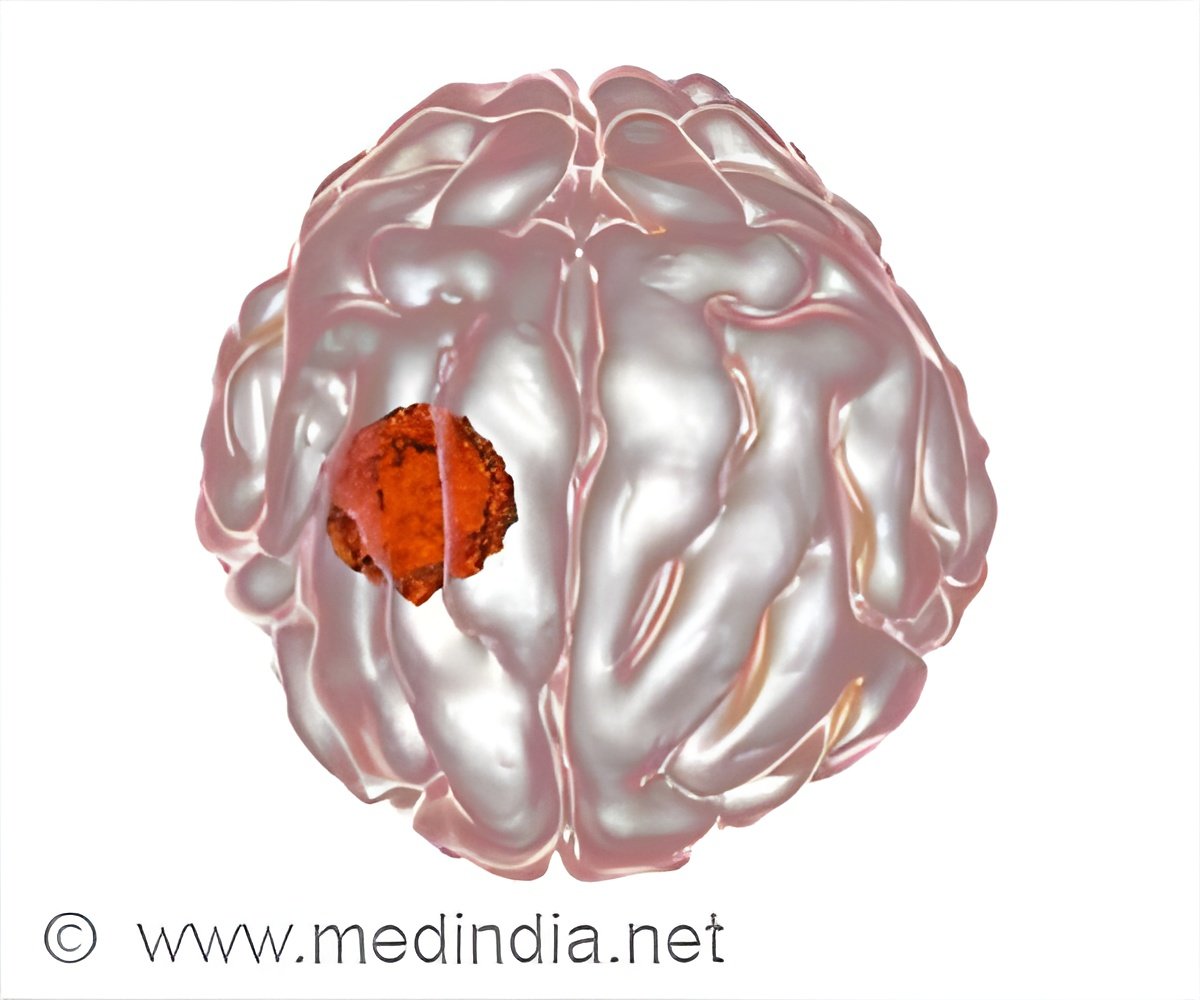
‘Combining radiation treatment with trifluoperazine drug could extend the survival rate in glioblastoma patients than patients who received only radiation.
’
Read More..Tweet it Now
Radiation is an integral part of therapy for people with cancer and one of the most effective treatments. In many cases, it can help cure the disease. But in glioblastoma, tumor cells often become resistant to radiation treatment because the radiation itself can induce "phenotype conversion," a process that turns certain non-tumor stem cells into tumor-producing cells, causing cancer to reoccur. Read More..
"While radiotherapy is one of the few treatments that prolong survival in glioblastoma patients, radiation alone does very little in treating the disease in our models because we are dealing with highly aggressive tumors," said the study's senior author, Dr. Frank Pajonk, a professor of radiation oncology at the David Geffen School of Medicine at UCLA and a member of the Jonsson Cancer Center.
"The drug trifluoperazine by itself does not do much either, but we found when you combine them, they become highly efficient. Importantly, the drug does not sensitize cells to radiation but rather prevents the occurrence of resistant glioma stem cells."
UCLA researchers have been exploring new ways to prevent glioblastoma tumor cells from becoming resistant to radiation by adding drugs to the treatment regimen that have traditionally been used for other purposes.
To find out if there were any existing drugs that could interfere with the radiation-induced phenotype conversion, the team screened more than 83,000 compounds through the shared resources at UCLA, which provides researchers access to specialized equipment and services to help them pursue cutting-edge research. They were able to identify nearly 300 compounds, including the dopamine receptor antagonist trifluoperazine, that had the potential to block phenotype conversion and improve the efficacy of radiation therapy.
Advertisement
Combining radiation treatment with trifluoperazine extended survival in 100% of the mice to more than 200 days, compared to 67.7 days in the control group receiving only radiation.
Advertisement
The team plans to start a clinical trial this summer for people with recurrent glioblastoma to test using dopamine receptor antagonist with radiation therapy.
"I think we can find a combination of treatments with radiation that is very tolerable to patients and can do well," said co-author Leia Nghiemphu, an associate professor of clinical neurology at the Geffen School of Medicine and principal investigator on the upcoming clinical trial. "The next step is to see if we can stop this resistance to radiation in humans."
Source-Eurekalert















